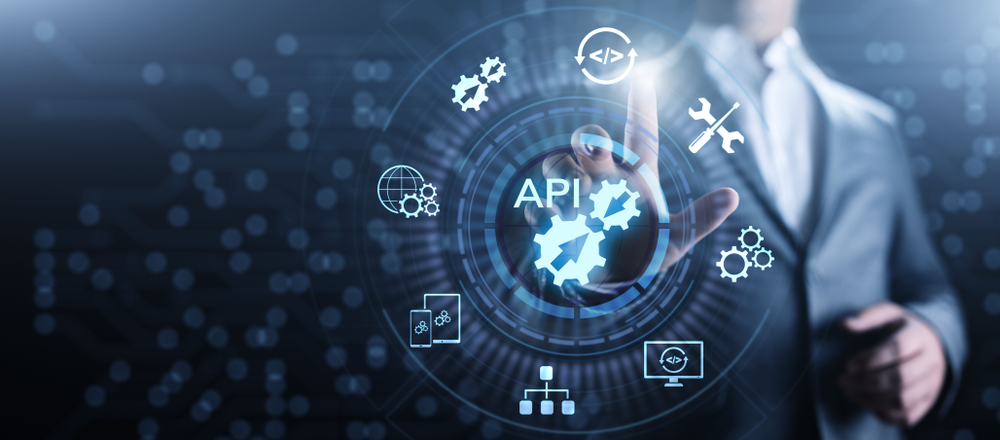As a business grows, it becomes more complex. As a result, operators are often challenged with the systems they have created, either by choice or as an on-the-fly solution to a problem. As departments expand, their organizational needs change. The way every department processes event information varies. Accounting needs one thing, culinary needs another, and don’t forget the customer who wants and needs everything.
This is where technology comes into play. There is accounting software, recipe management systems, social media, staffing platforms, online ordering—and if I haven’t listed it here, it’s probably out there. However, most of these systems don’t necessarily talk to each other.
Several event management systems or EMS platforms have been created to help catering companies solve complex organizational problems. These systems, each unique in their own way, have been specifically designed to help departments talk to each other. However, many of these systems aren’t as fast as we need them to be. So, what do we do? Get another software system to pick up the slack!

The limitations of systems
Software developers generally work in finite boxes of what they do. This is very evident in the world of catering software. The developers want to provide users with many options but often fall short in areas that require specialization. For example, though all EMS platforms offer accounting packages for sending invoices and collecting payments, but they are not specialized in accounting systems. Same with recipe management systems. You can create recipes, but they don’t manage inventory or update costing or nutritional information.
See Chef John Reed at Catersource! Registration is NOW OPEN for Catersource 2020, co-located with The Special Event! Click here for more information or to register!
This is why many software companies provide optional interfaces with other specialized software platforms to push or exchange information in simple data file transfers. Most of these are pretty finite in what is pushed to and from a system. However, changes made in one doesn’t automatically update the other. This is where software doesn’t talk to each other in a clear fashion.
Faulty communication between systems can cause data inaccuracies and perhaps double and triple entry of the same data on the same event in different platforms. However, there is hope in the near future that you can create your own conversations and exchange event information on your terms and with the specific data you need.
Open API and the future of catering software
“Open API” refers to public application programming interface. It allows network (data) owners to give universal access to consumers and software developers. So, in a nutshell, if a software has an open API, software developers can customize interfaces between software and actively exchange information freely.
When addressing your software needs in the future, if you can’t find all the solutions in one software package, look at those with open API or are working towards open API. This is especially useful if you require different packages for different functions in your company. The best systems are a collection of the best practices and functions that work best for your company. What this looks like: everyone talks in the same language and shares the same information that’s specific to them, allowing everyone in the organization to succeed.



